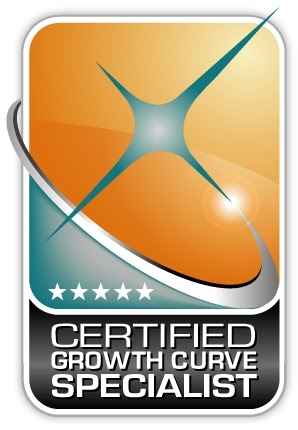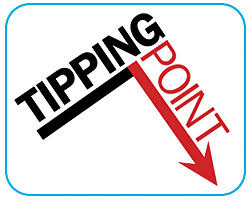When a company moves from Stage 2 (11-19 employees) to Stage 3 (20-34 employees), most entrepreneurs get overwhelmed by the changes taking place in their company and often they sell.
If you’re the CEO of a small company with close to 19 employees you are on the edge of a major tipping point, one that you may not prepared for.
On the other hand, if you have recently added a few employees and find yourself with 20 to 22 plus employees you may be wondering what happened? What’s going on?
In either case, you will have discovered this truth. People add complexity. The issues you face with 5 employees compared to 15 compared to 25 are very different.
The following information will help you understand what is going on. It is not an opinion. It is based on research by James Fisher and his interviews with over 650 CEO’s of successful small business owners and CEOs.
Stage 2 Company
If you have 11 to 19 employees, you are a Stage 2 company. If you have 20 to 34 employees, you are Stage 3 company. What makes these so different?
A Stage 2 company is CEO centric. You, the owner or CEO, play a dominant role in the company. The goal at this stage is not surviving but thriving. At this stage, the focus is on still on building the company and growing it with new ideas, new initiatives, expanding sales, etc.
At this stage, you’re probably feeling overwhelmed with work as the operations start to move beyond your control. At this stage, you need to start to delegate responsibilities. This means identifying people you feel you can train and coach to manage specific operations for you. One example, depending on the kind of business you have, you might need to find people to head finance, sales, and production. Once these people are identified you need to gradually release control to them as you continue coaching so they know how you want them to manage, what is expected of them in their role, and when to inform you on key developments. These managers also need to develop a team-based mindset. Strategic connections become critical.
Stage 3 Company
A Stage 3 company is a completely different operation from Stage 2. The company moves from CEO centric to Enterprise-centric. Now it is no longer about you but about the company. Control shifts from the CEO to the division or department managers. The CEO moves from dominate, that is to be directive, to facilitative, that is to make things easier.
Because of this shift, the #1 problem becomes ‘staff buy-in’ as employees are redirected from the CEO to the managers. Another issue is if roles and responsibilities are not made clear, the staff will leave the company. At this stage, there will be cultural resistance to change. Remember the company worked one way in Stage 1 & 2, now things have changed. Likewise, core values are often unclear as the number of employees grows.
Another event that occurs when moving from Stage 2 to Stage 3 is what is called the Wind Tunnel. Moving to Stage 3 requires letting go of the methodologies that no longer work and acquiring new ones that do work. This requires of review of company processes, such as sales, marketing, finance, customer services, etc.
Stages of Growth
By knowing the stage of growth you’re in, you can focus on the right things at the right time. If you’re in Stage 2 and moving towards Stage 3, you know to start identifying your top 3 people who you want to start to delegate responsibility, so they are prepared to manage the divisions that are coming.
Business Expansion Question
Will you give up or will you dig in?
With this new knowledge and understanding, are you going to give up in frustration with all that’s going on? You may feel things are spinning out of control.
What worked in the past is no longer working and won’t work in the future. The challenges and issues will not go away. Now that you understand why things have changed, will you take the steps necessary to move your company to the next stage and continue growing?
TRW CONSULTING – HELPING BUSINESSES NAVIGATE THE STAGES OF GROWTH
The Stage of Growth program is about knowing at what stage of growth your company is in. The stage is dependent upon the number of employees you have, not sales. Knowing this, you have a wealth of information. Based upon the stage of growth you are in, you know what you need to do and what to expect next. For example, in Stage 2 you need to be three times more builder than protector. You know your specialty and vision are your focus. Your role is dominate. You know your top 5 challenges.
The program helps you to predict what is coming next and take the necessary steps to be ready. For example, you know you need to begin shifting to become more of a manager. In Stage 3, 60% of your effort will be in managing. It is a huge change from Stage 2 when it was only 20%.



